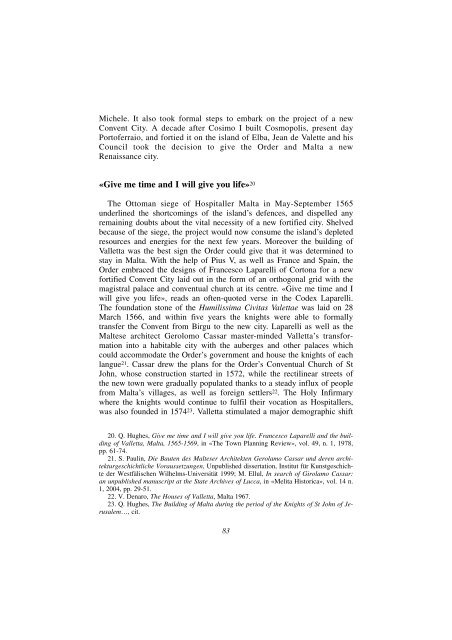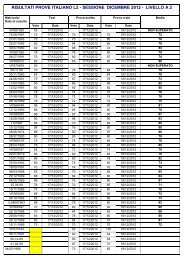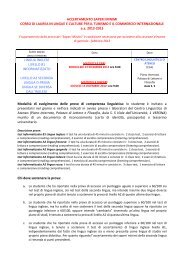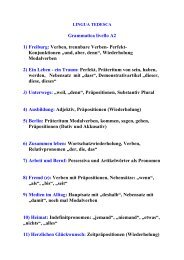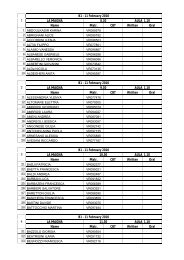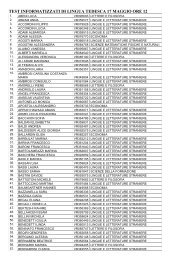Charles Dalli
Charles Dalli
Charles Dalli
You also want an ePaper? Increase the reach of your titles
YUMPU automatically turns print PDFs into web optimized ePapers that Google loves.
Michele. It also took formal steps to embark on the project of a new<br />
Convent City. A decade after Cosimo I built Cosmopolis, present day<br />
Portoferraio, and fortied it on the island of Elba, Jean de Valette and his<br />
Council took the decision to give the Order and Malta a new<br />
Renaissance city.<br />
«Give me time and I will give you life» 20<br />
The Ottoman siege of Hospitaller Malta in May-September 1565<br />
underlined the shortcomings of the island’s defences, and dispelled any<br />
remaining doubts about the vital necessity of a new fortified city. Shelved<br />
because of the siege, the project would now consume the island’s depleted<br />
resources and energies for the next few years. Moreover the building of<br />
Valletta was the best sign the Order could give that it was determined to<br />
stay in Malta. With the help of Pius V, as well as France and Spain, the<br />
Order embraced the designs of Francesco Laparelli of Cortona for a new<br />
fortified Convent City laid out in the form of an orthogonal grid with the<br />
magistral palace and conventual church at its centre. «Give me time and I<br />
will give you life», reads an often-quoted verse in the Codex Laparelli.<br />
The foundation stone of the Humilissima Civitas Valettae was laid on 28<br />
March 1566, and within five years the knights were able to formally<br />
transfer the Convent from Birgu to the new city. Laparelli as well as the<br />
Maltese architect Gerolomo Cassar master-minded Valletta’s transformation<br />
into a habitable city with the auberges and other palaces which<br />
could accommodate the Order’s government and house the knights of each<br />
langue 21. Cassar drew the plans for the Order’s Conventual Church of St<br />
John, whose construction started in 1572, while the rectilinear streets of<br />
the new town were gradually populated thanks to a steady influx of people<br />
from Malta’s villages, as well as foreign settlers 22. The Holy Infirmary<br />
where the knights would continue to fulfil their vocation as Hospitallers,<br />
was also founded in 1574 23. Valletta stimulated a major demographic shift<br />
20. Q. Hughes, Give me time and I will give you life. Francesco Laparelli and the building<br />
of Valletta, Malta, 1565-1569, in «The Town Planning Review», vol. 49, n. 1, 1978,<br />
pp. 61-74.<br />
21. S. Paulin, Die Bauten des Malteser Architekten Gerolamo Cassar und deren architekturgeschichtliche<br />
Voraussetzungen, Unpublished dissertation, Institut für Kunstgeschichte<br />
der Westfälischen Wilhelms-Universität 1999; M. Ellul, In search of Girolamo Cassar:<br />
an unpublished manuscript at the State Archives of Lucca, in «Melita Historica», vol. 14 n.<br />
1, 2004, pp. 29-51.<br />
22. V. Denaro, The Houses of Valletta, Malta 1967.<br />
23. Q. Hughes, The Building of Malta during the period of the Knights of St John of Jerusalem…,<br />
cit.<br />
83


